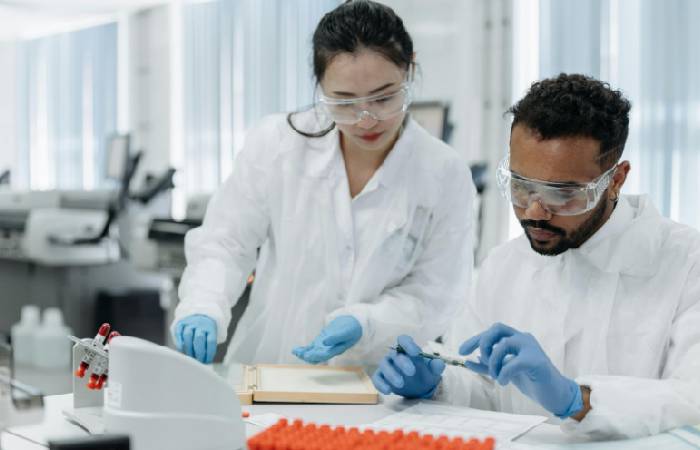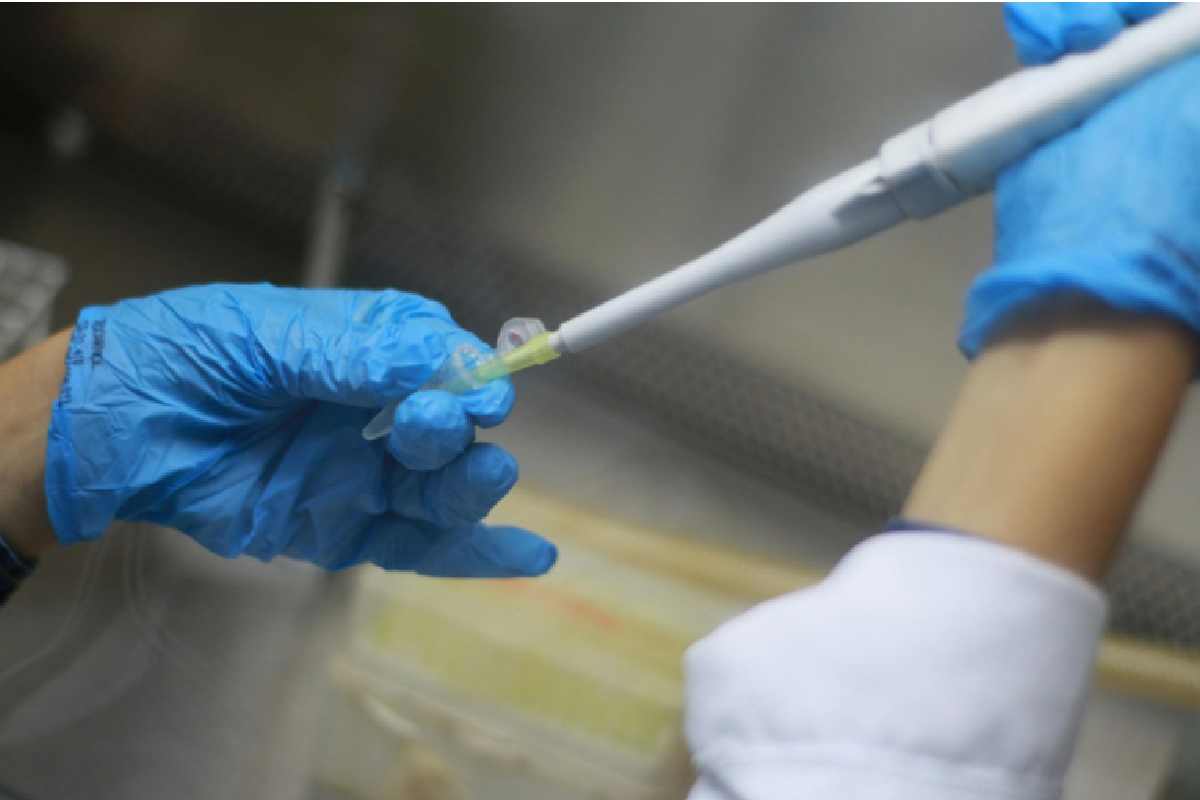Labs today don’t look like they used to. There’s less guesswork. There’s more control. Scientists rely on precise tools now. These tools help them work faster. They also help them make fewer mistakes. That’s a big deal in research.
Now, we’re seeing a shift toward ultra-fine tools. These tools can measure and move things at very tiny levels. Picoliter dispensing is one of those breakthroughs. It helps scientists handle liquids so small you can’t see them. This is changing how tests are done. It’s also helping labs save time and materials.
Table of Contents
The Power of Tiny Measurements
When you’re working in a lab, size matters. You don’t always need a large sample. Sometimes, you only need a drop. Or even less. That’s where these new tools shine.
Picoliter dispensing lets researchers move exact amounts of liquid. It cuts waste. It also lowers the chance of mixing errors. That’s important for experiments that involve cells, proteins, or drugs. A tiny mistake can ruin results. So, having that level of control changes the game.
Improving Drug Testing
Drug development takes a long time. It also costs a lot. But new tools can speed up the process. Labs can now test more samples in less time. They can also try different doses without using too much of the material.
Tools like microfluidic devices and automated dispensers are now part of daily lab work. These tools help labs do more with less. Picoliter dispensing plays a role here too. It allows for testing on a tiny scale. This makes early screening faster. Bad candidates can be removed early. Promising ones get more focus.
Better Cell Experiments
Working with cells is tricky. Cells react to tiny changes. Even a slight shift in the environment can affect them. That’s why control is key. Lab tools today help with that. They create steady and clean conditions for cell growth.
Dispensing tools now deliver liquids gently. They don’t damage the cells. They also make sure each cell gets the same amount. This makes results more reliable. Researchers can also test how cells react to different treatments. They can do this all in one setup. That saves time and effort.
Helping with Genetic Research
Genetics needs sharp tools. Scientists often work with tiny bits of DNA or RNA. One wrong move and the sample is gone. So, labs use advanced tools to manage these small materials. They use precise pipettes, digital droplet systems, and automated stages.
Picoliter tools fit well in this space. They help break samples into even parts. That helps when looking for gene expression. Or when editing genes. These tools also help with sequencing prep. They make sure everything goes into the machine just right.
Boosting Reproducibility
In research, you need to get the same results every time. That’s called reproducibility. Without it, data doesn’t mean much. New lab tools help improve that. They remove human error. They follow the same steps again and again.
Automated systems make this possible. They don’t get tired. They don’t guess. They do exactly what they’re told. With picoliter dispensing, they deliver the same drop size every time. That kind of consistency is gold in a lab. It helps prove that findings are real and not just luck.
Saving Time and Materials
Precision tools are not just about better results. They also help labs stay efficient. Using less material means lower costs. Doing things faster means more time for other work. This matters, especially in busy labs.
Some tools even come with built-in tracking. They log every action. That helps with audits. It also helps fix problems if they show up later. Labs don’t have to redo everything. They can check the log. That’s a big step forward.
What’s Next for Lab Tools
Lab tools will keep evolving. The trend is clear. They’re getting smaller. They’re getting smarter. They’re also getting easier to use. More labs will be able to use advanced systems. They won’t need a full team to run them.
In the future, we’ll see more tools working together. One system will prepare a sample. Another will test it. Another will record the results. And all of this could happen in one machine. Picoliter dispensing and other tools will stay at the heart of it. They’re not just upgrades. They’re the foundation of modern lab work.
